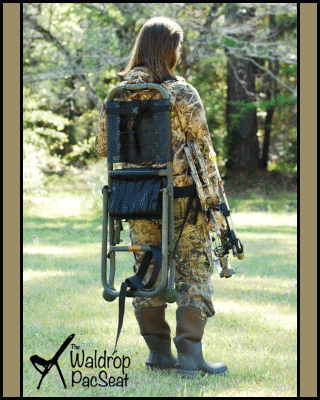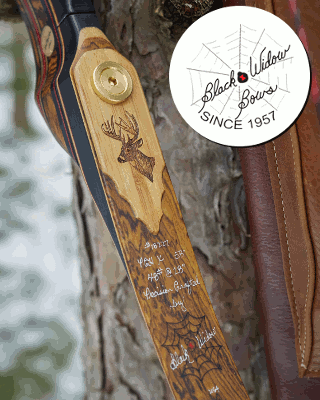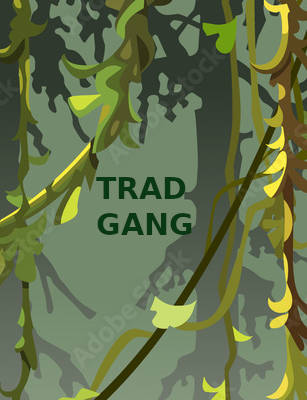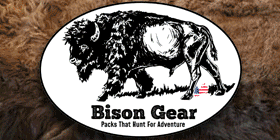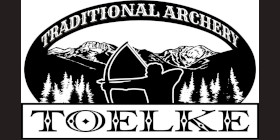Whitebark pine cone production was abundant this summer, according to the Interagency Grizzly Bear Study Team - which is good news for bears and people.
"The mean number of cones per tree was 34.4 on 19 transects that the study team and cooperators monitor annually throughout the Greater Yellowstone Ecosystem," said Mark Haroldson, wildlife biologist for the study team.
Regional variation did occur on some transects; poor cone production occurred on transects located in areas where beetle activity is high. Last year was considered a good year with a mean of 17 cones produced per tree, Haroldson said.
The seeds of whitebark pine are high in fat and are an important fall food as bears prepare for winter hibernation. Bears obtain cones by raiding caches, called "middens," made by red squirrels. Grizzly bears use whitebark pine seed as food almost exclusively during years in which mean cone production exceeds 20 cones per tree. The good cone production this year means that hunters and other outdoor recreationists should be aware that bears would be searching for middens in mid- to high-elevation conifer stands that contain whitebark pine.
Hunters are urged to use caution when hunting in whitebark stands and to watch for obvious signs of recent bear activity, such as tracks, scats and disturbed squirrel middens. Grizzly bears have been known to defend squirrel middens from other bears - and people.
Successful hunters are also urged to pack their big game carcass out as soon as possible after the kill. If hunters must leave all or some of the meat, they should separate the meat from the gut pile and hang the meat in a tree, at least 10 feet high and four feet from the trunk. Actions such as these can help reduce human-bear conflicts that result in bear mortality, and sometimes human injury. Hunters and other recreationists should comply with food storage regulations in camps, and leave a clean camp when they vacate a site. Unburned garbage in a fire ring or extra horse cubes on the ground could create a problem for the next user. Bears will find these leavings and use them, and may become conditioned to the site.
"Bear biologists have recognized for some time that the number of grizzly-human conflicts and management actions tend to decrease during years of high cone production, but this does not mean recreationists, homeowners or hunters should let down their guard," said Mark Bruscino, bear management officer for the Wyoming Game and Fish Department.
According to Bruscino, all bears go into a state of "hyperphagia"; a fall condition typically described as an increase in appetite and extended feeding periods. "Simply put, the bears try to put on as much fat as they can before entering the den," he said.
For more information on staying safe in bear country visit a Game and Fish or U.S. Forest Service office or Web site.

